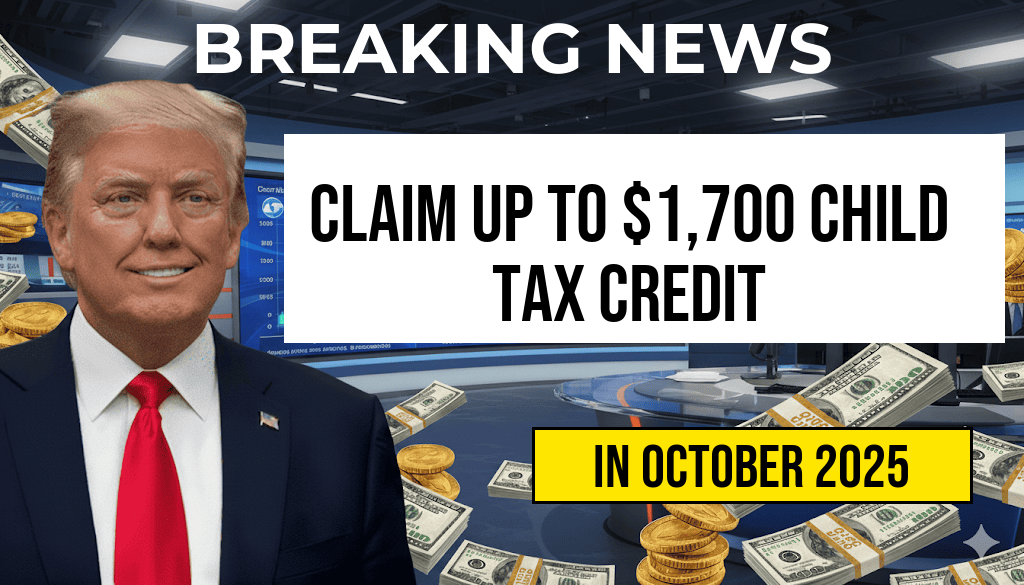For many entrepreneurs and gig workers, understanding tax reporting thresholds can seem complex, especially when it comes to the 1099-K form. The IRS requires payment settlement entities—such as PayPal, Venmo, and credit card processors—to issue a 1099-K if certain transaction thresholds are met. As of the current regulations, this threshold is set at more than $20,000 in gross payments and more than 200 transactions within a calendar year. This means that if your online sales, freelance gigs, or other payment activities surpass these figures, you should expect to receive a 1099-K that reports your income to the IRS. Conversely, earnings below this threshold typically go unreported via this form, although taxpayers are still responsible for declaring all income, regardless of whether a 1099-K is issued.
How the 1099-K Threshold Works
Background and Purpose
The 1099-K form was introduced to improve transparency and compliance in income reporting for digital and cashless transactions. It consolidates payment data from third-party networks, helping the IRS track income that might otherwise go unreported. The threshold of $20,000 in gross payments coupled with 200 transactions has been in effect since the IRS implemented the reporting requirement, aiming to target those with substantial online activity.
Recent Changes and Future Outlook
Starting in 2022, the American Rescue Plan Act intended to lower the reporting threshold to $600 with no minimum transaction count, with the new rules scheduled to take effect in 2023. However, implementation delays and ongoing debates have kept the original thresholds in place for now. These changes aim to broaden the scope of income reporting, capturing smaller-scale sellers and gig workers who previously might have escaped IRS oversight.
Implications for Side Hustlers and Small Sellers
Understanding Your Reporting Obligations
Many individuals earning supplemental income through platforms like eBay, Etsy, or ride-sharing apps may not realize that crossing the $20,000 / 200 transactions threshold triggers a 1099-K. Once received, this form reports the gross amount processed through the platform, not necessarily the net profit. It’s essential for recipients to understand that the IRS considers all gross income taxable, regardless of whether a 1099-K was issued.
Challenges and Common Misconceptions
- Gross vs. net income: The 1099-K reports gross payments, not profits. Deductible expenses must be calculated separately on tax returns.
- Multiple platforms: Income from various sources can cumulatively exceed thresholds, but each platform reports separately. Taxpayers need to aggregate all transactions to assess their total income.
- Reporting requirements: Even if you do not receive a 1099-K, you are legally obligated to report all income on your tax return.
Understanding the Threshold in Context
| Threshold | Details |
|---|---|
| $20,000 | Gross payment volume in a calendar year |
| 200 transactions | Number of transactions processed in a calendar year |
It’s worth noting that these thresholds are specific to the 1099-K reporting requirement. The IRS does not impose income taxes based solely on receiving a 1099-K; instead, the form serves as a reporting tool for income that must be declared on your tax return.
Practical Advice for Taxpayers
Keep Detailed Records
Maintaining comprehensive records of your income and expenses is crucial, especially for those operating a side business or participating in online marketplaces. Transaction histories, bank statements, and receipts can help accurately calculate taxable income and substantiate deductions.
Use Tax Software or Consult Professionals
Tax software can assist in aggregating income from various sources and ensuring compliance with IRS rules. Consulting a tax professional can provide tailored advice, particularly for those approaching the reporting thresholds or with complex income streams.
Stay Informed on Policy Changes
Tax regulations surrounding digital income are evolving. Staying updated through official sources like the IRS website (https://www.irs.gov) or reputable financial news outlets helps ensure compliance and proper planning.
By understanding the side hustle threshold for 1099-K reporting, gig workers and small sellers can better navigate tax obligations and avoid surprises during tax season. Recognizing that crossing the $20,000 / 200 transactions mark triggers reporting requirements emphasizes the importance of diligent record-keeping and proactive tax planning.
Frequently Asked Questions
What is the Side Hustle Threshold for receiving a 1099-K?
The Side Hustle Threshold refers to the minimum amount of payments you must receive within a calendar year to be issued a Form 1099-K. Currently, this threshold is set at $20,000 in gross payments and more than 200 transactions.
Why do I need a 1099-K for my side hustle?
The 1099-K helps the IRS track income from third-party payment processors. If you receive over $20,000 in payments and have more than 200 transactions, the payment processor will send you a 1099-K to report your income.
How can I stay below the Side Hustle Threshold?
You can manage your payments by limiting your transactions or reducing your gross payments below $20,000. However, it’s important to accurately report all income regardless of whether you receive a 1099-K.
Does receiving less than $20,000 in payments mean I don’t need to report my income?
No, income from your side hustle is taxable regardless of whether you receive a 1099-K. You are required to report all your income on your tax return, even if it falls below the threshold.
Are there any recent changes to the Side Hustle Threshold?
Yes, the IRS has announced plans to lower the payment threshold for Form 1099-K reporting to $600 with no transaction count requirement, effective in 2023. This change aims to increase transparency and ensure more income is reported.










